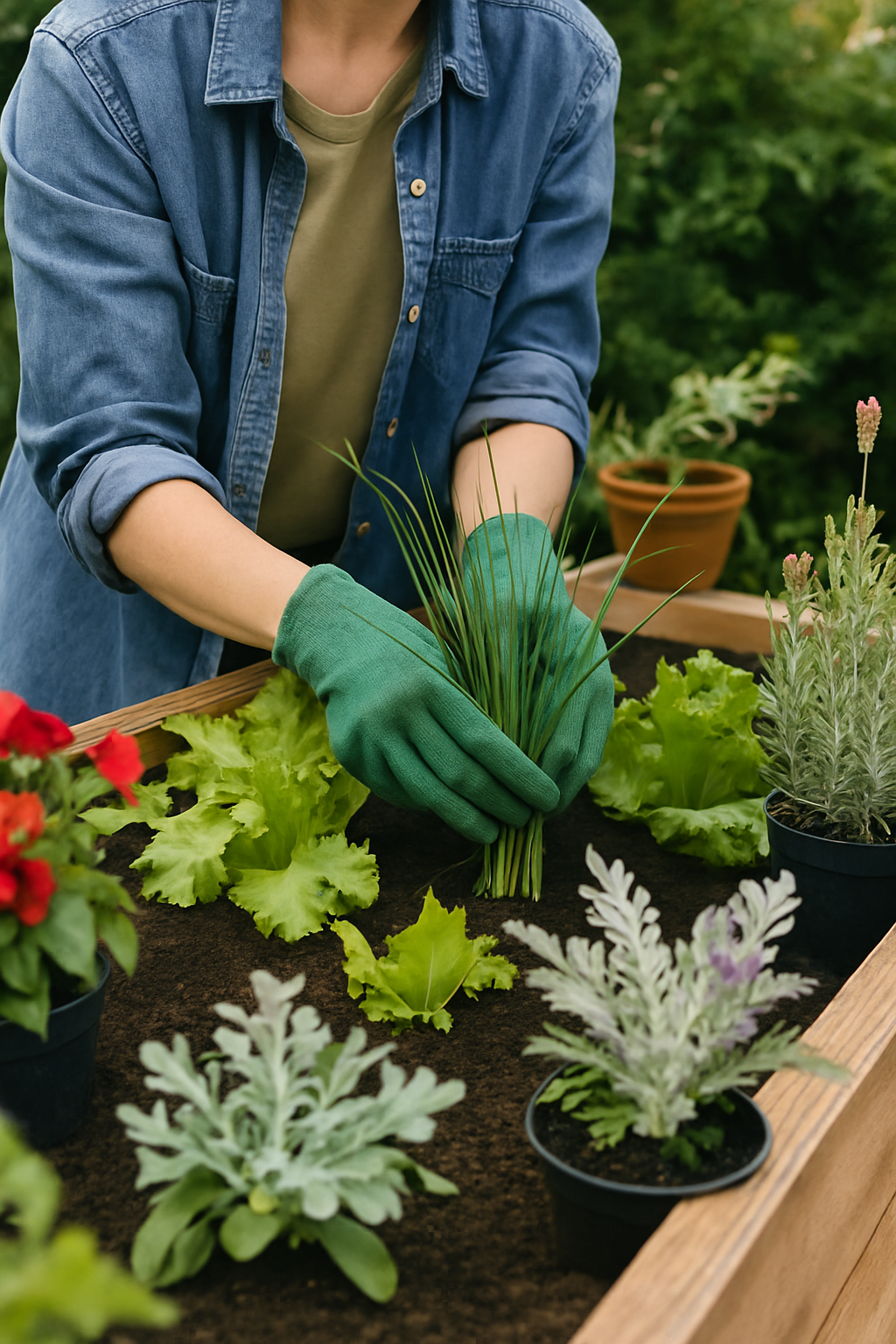Read part two of our guide to the essential garden tools you will need to implement a garden design project. This article introduces the garden hoe and the wheelbarrow.
Read part 1 and part 3 of our essential garden tools guide.
"When you pray for potatoes, have a hoe in your hand." Anonymous
This candid quote impresses on us that simply thinking about the garden will not get the jobs done. Simply put, just praying for potatoes, flowers, or fruit, will not deliver them into your garden unless you are willing to do the work. Sweat and graft, in this case with the hoe, go way further than intended.
That quote brings us neatly to the first of this blog post essential garden tools, the hoe.
THE GARDEN HOE
The hoe comes in many forms, from the scuffle or Dutch hoe with its "push forward/pull back" horizontal cutting action to the chopping or draw hoe, useful for earthing up potato rows and chopping down upon stronger weeds. Most hoes are quite adaptable and can carry out many tasks with experienced hands. Weeding, light digging, creating seed drills and closing narrow furrows all become much easier once you get your hands on a hoe.
When you come to select your hoe you will be faced with the choice between the different handle materials, fibreglass, tubular steel, and wood being the most commonly available. The fibreglass handle is nice and light, but certain types tend to be a bit springy, so test carefully before purchase. Tubular steel is a good handle choice, but be sure to wear gloves before picking one up on a cold morning. Last but not least, you have my favourite, the wooden handle, this great all-rounder feels good to hold, and it can be shortened or changed quite easily if it snaps. It's worth noting that wood handles sometimes produce splinters, so you would be well advised to wear gardening gloves when using this traditional handle type.
The head of the hoe is always steel of some form or other. However, certain types have a tendency to rust quicker or become blunt much faster than others. Try to go for a stainless steel head where possible, and it will serve you long and well.
THE WHEELBARROW
What sort of a state would our poor backs and legs be in without the garden wheelbarrow? Very tired, I reckon, as this labour-saving tool greatly reduces the number of trips we have to take across the garden, whilst most of our cargo is borne over the wheel.
Of course, to keep your back free from injury, you should always bend from the hips and knees before lifting the barrow handles and wheeling away. When you bend from your hips initially, you avoid putting a strain on your back. Another way to avoid injury and nasty spills is to select a barrow with a deep tray, which can contain the load preventing spills as you are wheeling along.
Along with a deep tray, I always look for a seamless barrow with no overlapping pieces of metal within the tray. Overlaps harbour dampness leading to rust, not to mention all the clay they collect, which is impossible to clean completely with your spade, as you always seem to hit the overlaps. A galvanised barrow is preferable to a plain steel one, as they tend to last that little bit longer.
You also might consider a barrow with a plastic tray as these really are light as a feather, so much so that unloaded, you would barely know you are pushing one at all. As well to winning at weight, the plastic barrow beats its metal counterparts in the corrosion stakes, with no rust on the plastic. Being plastic, however, you must be a bit more careful about tossing things into it, especially sharp or heavy stones.
For tyres, look out for as wide a tyre as you can get, with as thick a wall as possible. This wall thickness should be written on the side of the tyre as "ply" - the thicker the ply, the less chance of punctures when pruning thorny plants. Demand 4 ply or higher for peace of mind.

